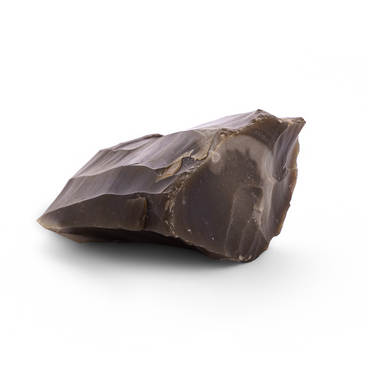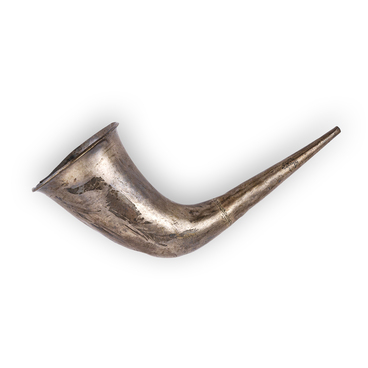In the middle of the 11th century, a nomadic Polovtsian tribe migrated to the borders of Rus from the southeast. Upon reaching the Seversky Donets River, a major tributary of the Don, these nomads began raiding Russian towns and villages. They looted the Russians, taking captives, including women, children, craftsmen, and landowners. The conflict between the Russian princes and the Polovtsians continued for several centuries.
The nomadic way of life of this people posed challenges for scholars in studying them. Researchers faced difficulties in understanding their lifestyle, customs, and even their settlement patterns. Therefore, stone statues of Polovtsian origin, known as “babas, ” hold significant importance. They ranged in size, with some being life-sized or even taller. They were carved from gray sandstone and are dated to the 12th–13th centuries.
The Polovtsian people created stone statues of both women and men. The Russian word “baba” used to describe these statues originated from the Turkic word “balbal” which means ancestor or ancestor figure. These monuments were erected in honor of notable individuals within the tribe, such as chiefs and their spouses who were buried under burial mounds. Both humans and animals were offered as sacrifices to these statues.
It is likely that wandering artisans made the stone statues. Some of these skilled craftsmen were able to accurately depict the facial features, body shape, and clothing of the deceased individuals. After completing the work, the statues were carefully polished and then painted.
On high mounds, built on most prominent elevated areas in the steppe, the Polovtsians established pagan sanctuaries. These sites were adorned with one or several anthropomorphic stone statues. Archaeologists have identified these areas as temporary settlements of the Polovtsian people, with a particular concentration in the Luhansk and Donetsk regions. During the 12th and 13th centuries, the boundaries of their territory encompassed much of the Voronezh region as well.
During the period from the 17th to 18th centuries, large-scale land development by the Russian government began there, which led to the uprooting and destruction of stone Polovtsian monuments. In the 19th century, people realized that these objects needed to be preserved. For this purpose, the Polovtsian “babas” on the territory of Voronezh Governorate were counted in 1840. As a result, only four statues were recorded, one each in the Bogucharsky and Pavlovsky counties, and two in the Novokhopersky county.






